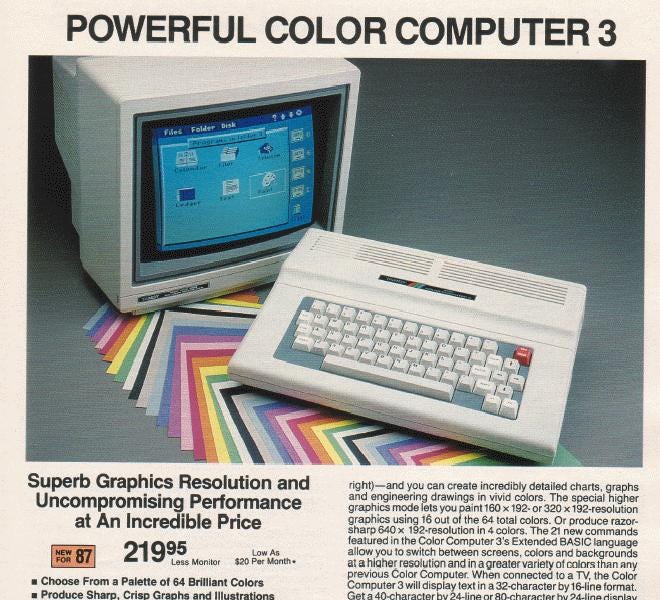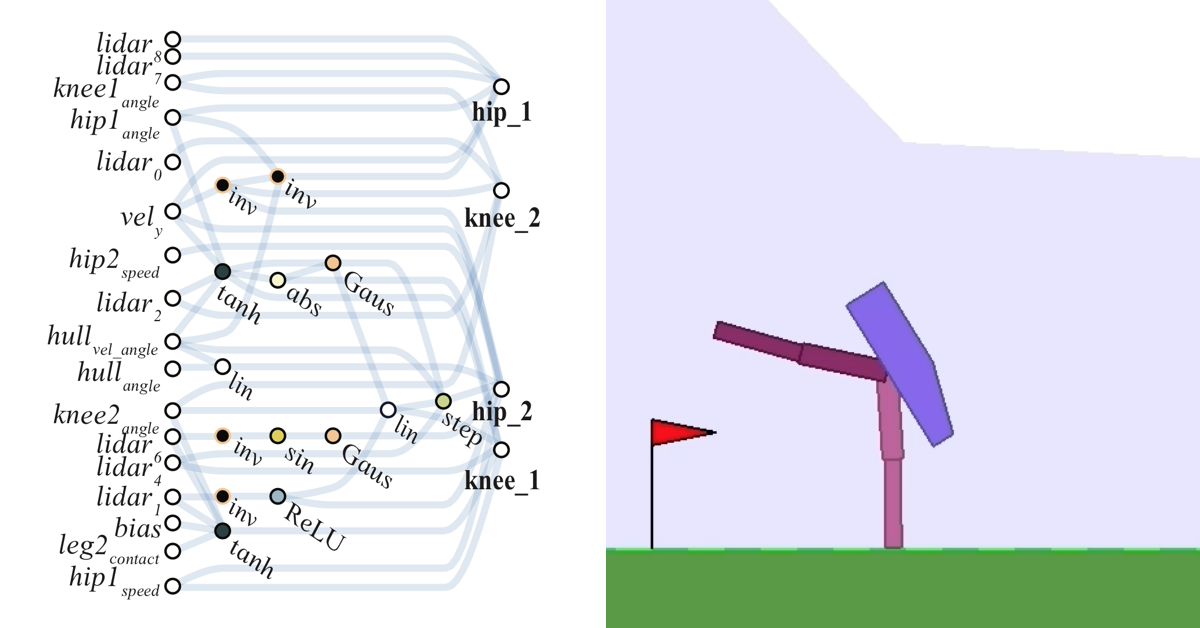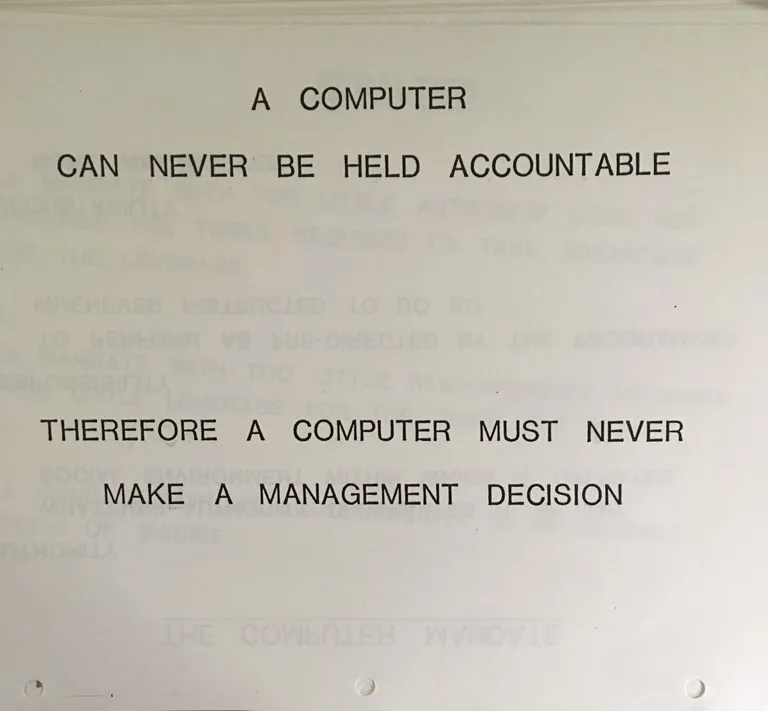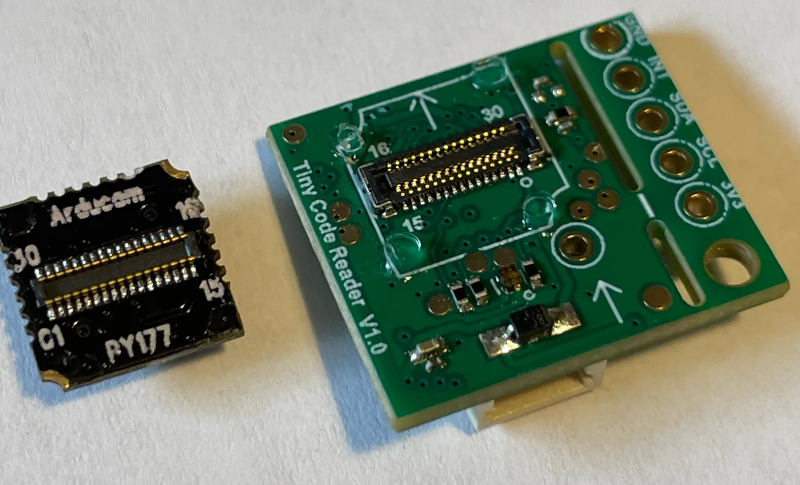
Tandy Corporation, Part 4 - by Bradford Morgan White
This article follows Part 1 of the Tandy Corporation’s history, which covers the company’s founding and the lead up to and launch of the TRS-80, and Part 2, which covers the TRS-80 Models I, II, III, CoCo, and Pocket Computer, and Part 3 which covers later 8bit models and Tandy’s first adventures with 16bit machines.
In 1984, Tandy moved the PC market forward in a major way with the Tandy 1000. A PC compatible had been created that was better than a PC, cheaper than a PC, and more compatible with IBM products than were IBM’s products themselves. While this kept Tandy in the computer business, it did not help the company recover its lost market share. Tandy held on to just shy of 10% of the home computer market by the end of the year.
Around the time the Tandy 1000 shipped, the Tandy 200 also shipped. The TRS-80 Model 100 had been the most successful laptop-like machine ever released, and Tandy was hoping to repeat that success. The company switched from a slab to what is recognizably a laptop (though it opens to only a single angle), moved to a 40-column by 16-line display (240 by 128 pixels for graphics), bumped RAM to 72K (three 24K banks) and ROM to 104K, rearranged the arrow keys into something better, and added Multiplan (supporting up to 63 columns by 99 rows). The form factor change and the larger display meant that the 200 measured 11.8 inches by 8.5 inches by 2.2 inches and weighed 4.5 pounds. Other hardware was roughly unchanged from the TRS-80 Model 100: 80C85, RS-232C, system bus connector, parallel printer support (output formatting now supported), phone (with the modem now supporting both tone and pulse dialing), cassette. Peripherals from the 100 were compatible with the 200 as one would expect, and all other software was likewise not much changed. Power could be provided by either an AC adapter or four AA batteries. Those batteries would supply 10 to 16 hours of run time. One rather cool update was that the 200 could support up to 255 alarms or short messages. Those alarms could be set weeks in advance and the computer would wake from sleep or even power-off to provide the reminder via a beep and a message across the bottom of the display. Blessedly, manuals were improved for the 200 with references for Multiplan, Telcom, BASIC, and the Tandy 200 Technical Reference Manual.

















